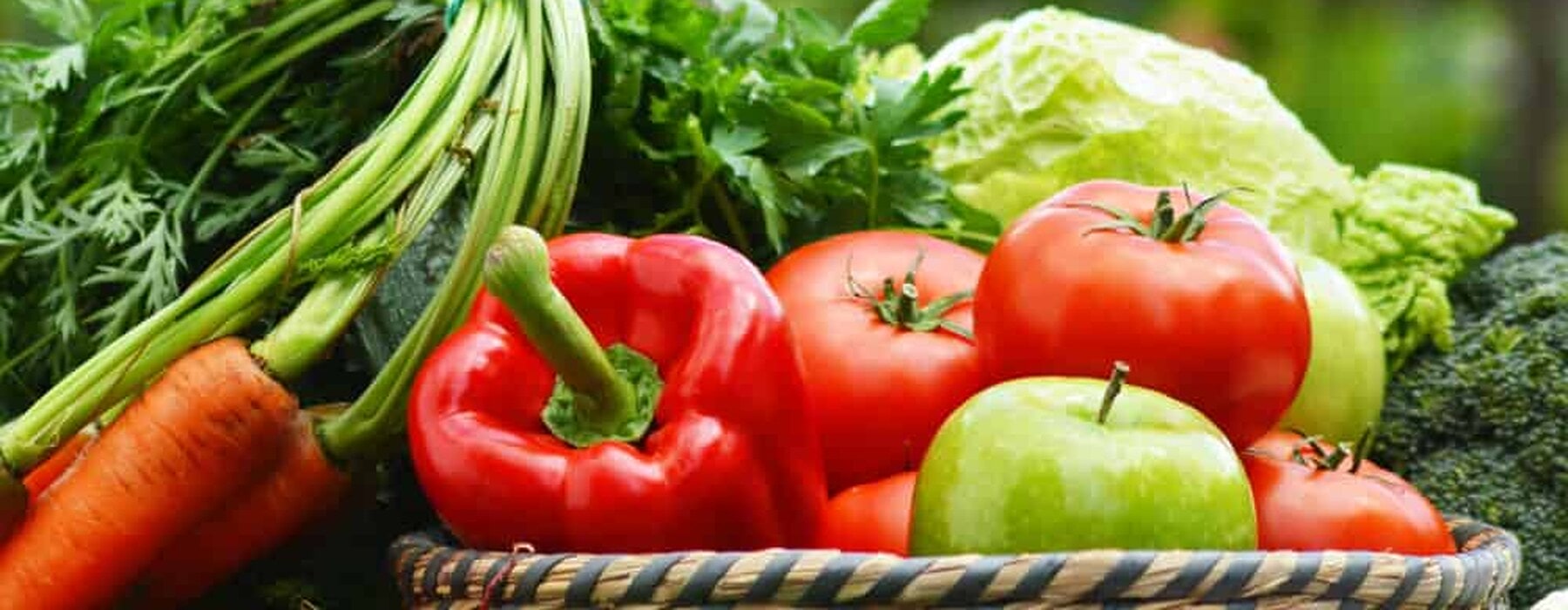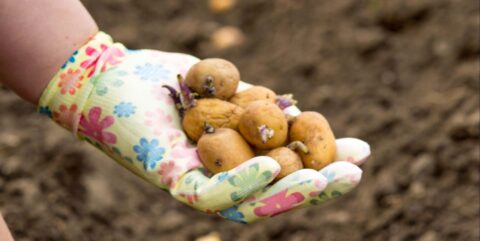Hear ye, hear ye! It’s time to plant your summer crops.
We’ve made it to mid-spring, which means it’s finally warm enough to grow summer crops outside. Heading to the garden centre at this time of year and filling a trolley with summer-loving edibles has the same kind of exciting seasonal significance for me as getting a Christmas tree.
While Labour Weekend is generally considered the “get set, grow” button, if you live in an area that’s still experiencing frosts, it’s better to wait a few more weeks before sowing or planting summer edibles outdoors. However, if the weeds at your place are going off, that’s often a good sign that it’s warm enough.
Most summer crops are gross feeders, so do your groundwork first before planting. Put down a layer of compost, dig in some well-aged manure (such as sheep pellets) and, if you like, some blood and bone or general-purpose fertiliser. And don’t forget the golden rule: Grow vegetables in a spot where they’ll get at least six hours of sunlight a day.
1 Tomatoes
There’s nothing quite like the “green”, grassy smell of a tomato plant. The key to success with tomatoes is consistency – don’t plant them too early if you think temperatures could take a plunge, and be sure to water them deeply several times a week. If you’re going to grow just one plant, make it ‘Sweet 100’, as it will pump out tasty cherry tomatoes for months on end.
For an even better crop, go for a grafted ‘Sweet 100’, or any type of grafted tomato as they produce around four times as much fruit. Grafting is a process where tissues from different varieties of the same type of plant are joined together to create stronger, more prolific ones (like a plant version of Frankenstein’s monster).
In the case of tomatoes, the variety that will produce the fruit is grafted onto the roots of a variety known for its disease resistance and strength. I’d never had much success with the beautiful dark brown heirloom tomato ‘Black Krim’ until I planted a grafted one.
Space tomato plants at least 1m apart so they have good air flow around them and to avoid them developing fungal diseases. Put a stake in the ground when you plant them so you can tie them to it as they grow. Tomatoes also grow really well in pots, providing you use good-quality potting mix with a wetting agent.
2 Cucumbers
You only need a few cucumber plants to satisfy all your Greek salad and raita needs. One year, I came home from a holiday and picked 17 cucumbers off one plant! However, if you want to make pickles – in which case you’ll want to buy pickling varieties of cucumbers such as ‘Homemade Pickles’ – you’ll need 10 to 20 plants.
Cucumbers need something to climb or hang off; I train mine to grow up a piece of steel reinforcing mesh, available from hardware stores, but you could also rig something up out of bamboo and string.
3 Zucchinis
The main complaint about zucchinis is that you end up with too many of them, so only grow a couple of plants. Pick them as soon as they reach your desired size, or else they’ll turn into unpalatable marrows. ‘Zorro’ has a rep for reliability, but for something beyond your supermarket-variety zuke, go for a stripy one like yellow and green ‘Zephyr’, or grow scallopini, which are zucchinis that look like frilly flying saucers.
4 Chillies
You can grow chillies all year round if you grow them in pots and bring them inside in winter. Two or three plants will produce all the fruit you need, and you can freeze any surplus whole. For mild heat, grow ‘Anaheim; if you like it hot, go for ‘Birdseye’; and if you live in a cooler part of the country, choose a quick-maturing variety, such as ‘Early Jalapeño’.
5 Melons
Because they need a long, hot summer to produce fruit, success can be a bit hit-and-miss with melons, but I always add one or two seedlings to my trolley at the garden centre, and one triumphant summer I managed to nurture a watermelon to coconut size. Give them the sunniest spot in your garden and apply a decent amount of water while the fruit sets. However, once they’ve set fruit and the skins start to harden, too much water can cause them to split. Rockmelons are slightly easier to grow, but if your heart is set on watermelon, try growing super-sweet variety ‘Sugar Baby’. Because it has smaller fruit than a regular-sized watermelon, it ripens up quicker (in around 85 days), so you’re more likely to have success.








